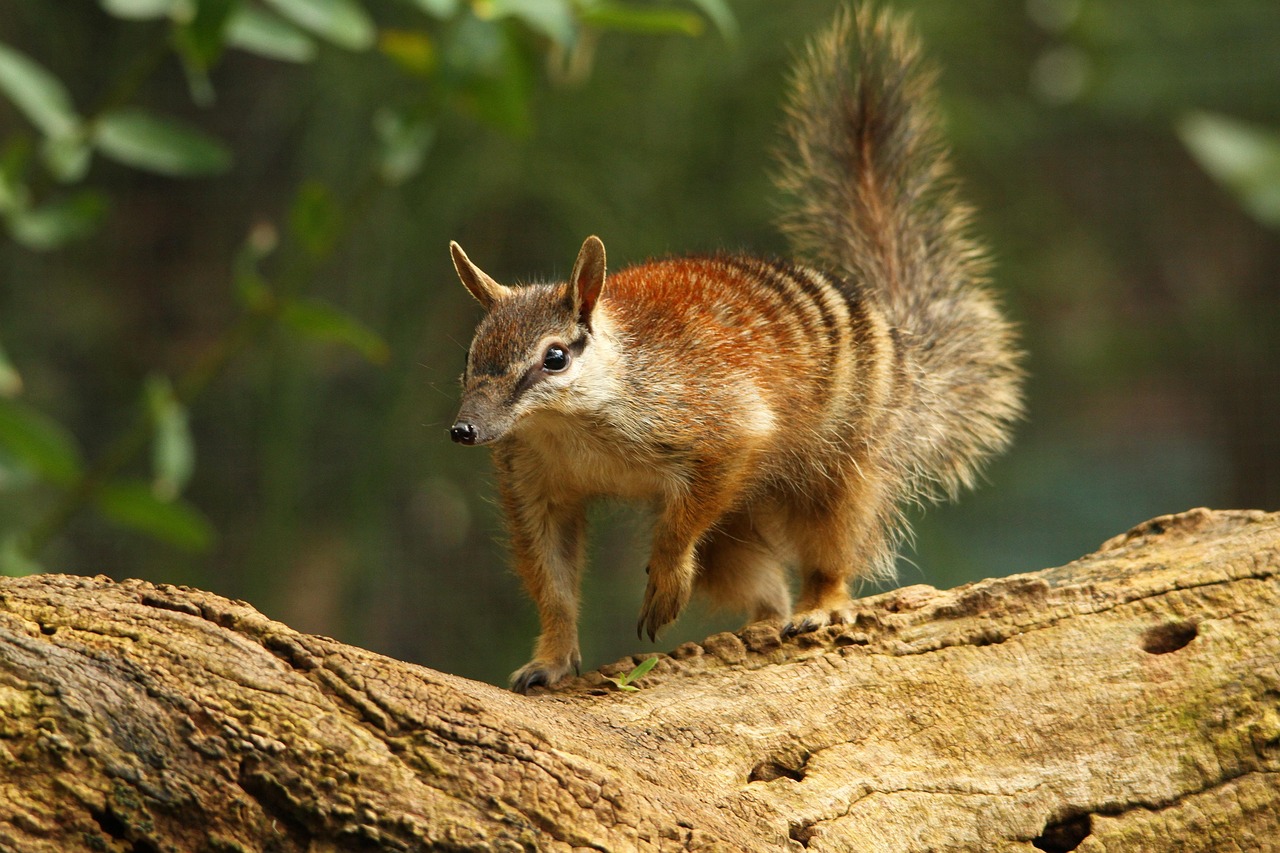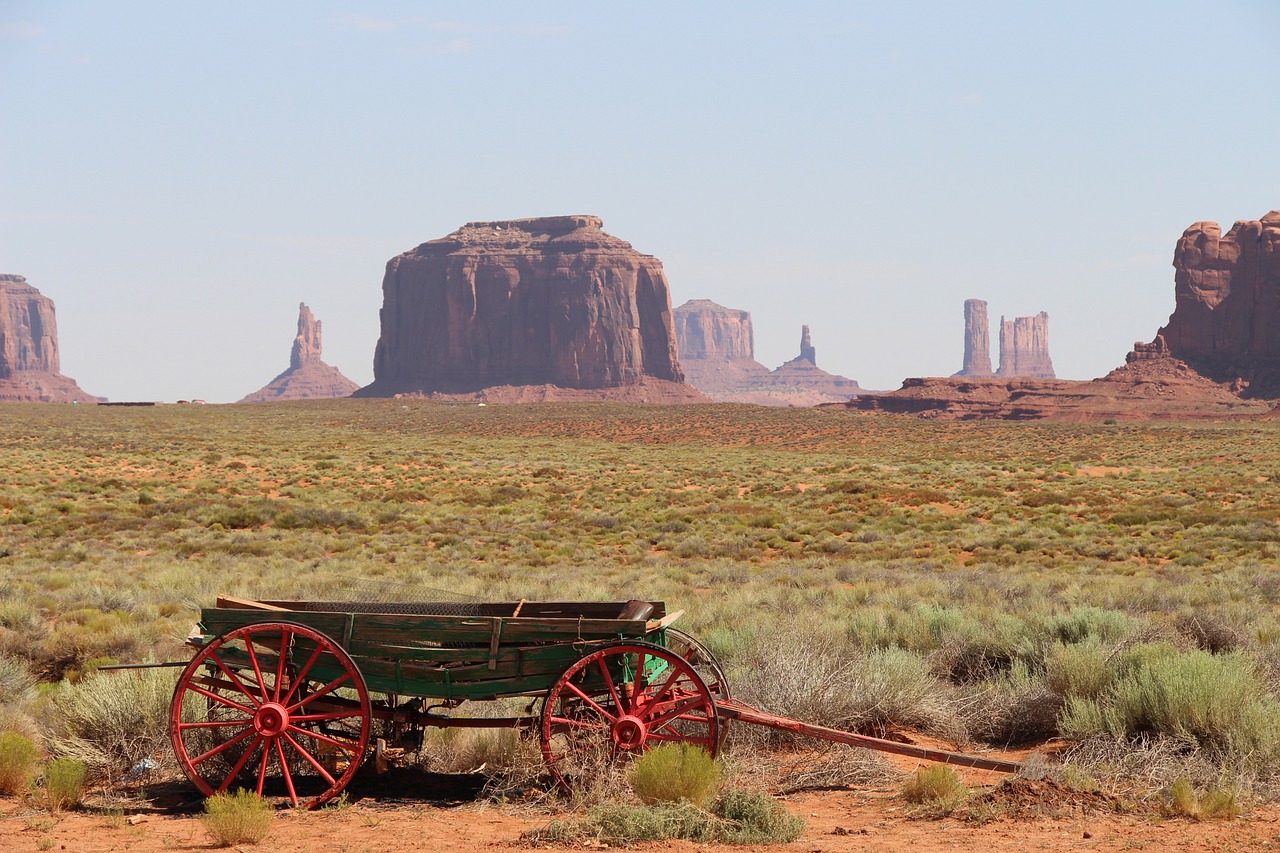Western Hemlock can be distinguished from Douglas Fir by its drooping branches, needle-like leaves that are flat and soft, and its small cones. In contrast, Douglas Fir features a more conical shape, longer, stiff needles, and distinctive three-pointed bracts protruding from its cones.
Western Hemlock (Tsuga heterophylla) and Douglas Fir (Pseudotsuga menziesii) are two prominent coniferous trees found in the Pacific Northwest region of North America. Each species plays a vital role in the ecosystem and has unique characteristics that make them easily identifiable. Understanding these differences is essential for forestry practices, landscaping, and ecological studies.
The Western Hemlock is typically found in moist, shaded environments. It thrives in forests where it often grows alongside other tree species. Its growth habit is characterized by a tall, slender trunk with a distinctive drooping top. In contrast, Douglas Fir prefers drier conditions but can also adapt to various soil types. This tree exhibits a more symmetrical, conical shape with a wider base.
Physical Characteristics

To differentiate between Western Hemlock and Douglas Fir, one can examine their physical characteristics closely. The following table summarizes key features of each tree species:
| Characteristic | Western Hemlock | Douglas Fir |
|---|---|---|
| Height | 50-70 feet | 70-100 feet |
| Needles | Flat, soft, 0.5-1 inch long | Stiff, pointed, 1-3 inches long |
| Cones | Small (1 inch), cylindrical | Large (3-4 inches), unique bracts |
| Bark | Thin, smooth when young, becoming scaly | Thick, deeply furrowed, reddish-brown color |
Western Hemlock needles are particularly soft to the touch and have a flattened appearance. They grow in a range of colors from dark green to light green. The cones of the Western Hemlock are small and cylindrical, measuring about an inch long. Their bark is relatively thin and smooth when the tree is young but develops a scaly texture as it matures.
Douglas Fir’s needles are longer and stiffer compared to those of the Western Hemlock. They typically grow in clusters and are dark green with a glossy finish. One of the most distinctive features of the Douglas Fir is its cones; they are larger than those of the Western Hemlock and have unique three-pointed bracts that stick out from the cone scales. The bark of Douglas Fir is thicker and furrowed, often displaying a reddish-brown color.
Habitat and Distribution
Both species have specific habitat preferences that influence their distribution. Western Hemlock predominantly thrives in moist, shady environments often found in coastal rainforests. These trees are commonly associated with other species such as Sitka Spruce and Red Cedar.
Douglas Fir, on the other hand, is more versatile in terms of habitat. It can be found in drier foothills or mountainous areas and is frequently seen in mixed-species forests. This adaptability allows it to thrive across a broader range of elevations and soil types.
The understanding of these habitat preferences is crucial for conservation efforts and forest management practices. By recognizing where each species flourishes, stakeholders can better protect these vital ecosystems.
Ecological Importance
The ecological roles of Western Hemlock and Douglas Fir extend beyond their physical presence in the forest. Both species contribute significantly to the health and biodiversity of their ecosystems. Understanding their ecological importance helps in appreciating their role in sustaining wildlife and forest dynamics.
Western Hemlock is particularly valuable in forest ecosystems for several reasons:
- Habitat for Wildlife: Its dense foliage provides shelter for various bird species, small mammals, and insects. The tree’s cones are a food source for squirrels and birds.
- Soil Stabilization: The root systems of Western Hemlock help stabilize soil, preventing erosion in moist environments.
- Nutrient Cycling: As a part of the forest floor, fallen needles from Western Hemlock decompose and enrich the soil with organic matter, promoting plant growth.
Douglas Fir also plays a vital ecological role, with its own unique contributions:
- Commercial Value: Its strong timber is prized for construction, making it economically significant.
- Wildlife Habitat: The tree’s branches and foliage provide nesting sites for numerous bird species, while its bark supports various insects.
- Forest Diversity: Douglas Fir often grows alongside other species, promoting a mixed forest structure that enhances biodiversity.
Growth Patterns and Lifespan
The growth patterns and lifespan of Western Hemlock and Douglas Fir further distinguish these two species. Understanding their growth characteristics can inform management practices in forestry and conservation.
Western Hemlock typically exhibits the following growth patterns:
- Growth Rate: It has a moderate growth rate, often reaching heights of 50 to 70 feet after several decades.
- Lifespan: The average lifespan of Western Hemlock ranges from 300 to 500 years, with some individuals living even longer under optimal conditions.
In contrast, Douglas Fir showcases different growth patterns:
- Growth Rate: This species generally grows faster than Western Hemlock, often exceeding 100 feet in height within 50 to 100 years.
- Lifespan: Douglas Fir can live up to 1,000 years, making it one of the longest-living tree species in North America.
Pest and Disease Resistance
Both Western Hemlock and Douglas Fir face threats from pests and diseases. Their resistance levels to these threats can impact their survival and health in forest ecosystems.
Western Hemlock is susceptible to several pests and diseases, including:
- Hemlock Woolly Adelgid: This insect feeds on the sap of the tree, leading to needle drop and eventual decline.
- Root Rot: Fungal pathogens can attack the root system, especially in poorly drained soils.
Despite these vulnerabilities, Western Hemlock has adapted over time to withstand various conditions. Its dense foliage can sometimes provide enough shade to minimize competition from other plants.
Douglas Fir is also prone to certain pests and diseases:
- Bark Beetles: These insects can bore into the bark, weakening the tree and making it more susceptible to other diseases.
- Armillaria Root Rot: This fungal disease affects the root system and can be particularly devastating in overstocked stands.
The resilience of both species against pests and diseases is crucial for maintaining healthy forests. Effective management strategies may involve monitoring pest populations and implementing control measures when necessary.

Uses and Applications

Both Western Hemlock and Douglas Fir have significant uses in various industries, particularly in construction and woodworking. Their unique properties make them suitable for different applications, highlighting their economic importance.
Western Hemlock Uses
Western Hemlock is valued for its lightweight and versatile wood. Its applications include:
- Construction: The wood is commonly used for framing, flooring, and paneling due to its strength-to-weight ratio.
- Pulp and Paper: Western Hemlock is often utilized in the production of paper products because it has a good fiber quality.
- Furniture Making: The wood can be crafted into furniture, providing an attractive finish when properly treated.
Moreover, Western Hemlock is sometimes used in landscaping and erosion control due to its ability to grow in challenging environments. Its dense foliage can help stabilize soil and provide shade for other plants.
Douglas Fir Uses
Douglas Fir is known for its strength and durability, making it one of the most popular timber species. Its uses include:
- Structural Lumber: Douglas Fir is widely used in construction for beams, columns, and roof trusses because of its high strength.
- Decking: The wood’s natural resistance to decay makes it an excellent choice for outdoor decking and patio furniture.
- Plywood and Veneer: Douglas Fir is also processed into plywood and veneer, which are used in various construction applications.
The wood of Douglas Fir is not just functional; it also possesses an appealing appearance. Its warm tones and straight grain make it a favored choice for aesthetic projects as well.
Cultural Significance
Both Western Hemlock and Douglas Fir hold cultural significance in the regions they inhabit. Indigenous communities have long recognized the value of these trees, incorporating them into their traditions and lifestyles.
Western Hemlock in Culture
The Western Hemlock plays a role in the cultural practices of various Indigenous tribes. Some uses include:
- Medicinal Properties: The bark and needles have been used in traditional medicine for their purported healing properties.
- Crafts and Tools: The wood has been employed in creating tools, baskets, and other crafts.
- Spiritual Significance: Certain tribes regard Western Hemlock as a sacred tree, incorporating it into ceremonial practices.
Douglas Fir in Culture
Douglas Fir also holds importance among Indigenous peoples and local communities:
- Cultural Ceremonies: The tree is often featured in cultural ceremonies, symbolizing strength and resilience.
- Construction of Dwellings: The wood has historically been used to build homes and communal structures.
- Symbol of the Forest: Douglas Fir is commonly associated with forests in many local folklore, representing the beauty of nature.
Conservation Efforts
As both species face various threats from climate change, pests, and habitat loss, conservation efforts are increasingly important. Sustainable management practices can help ensure their survival for future generations.
Efforts to conserve Western Hemlock include:
- Monitoring Populations: Regular assessments can help track the health and numbers of Western Hemlock trees.
- Habitat Restoration: Initiatives aimed at restoring natural habitats can support the growth of Western Hemlock populations.
For Douglas Fir, conservation strategies might involve:
- Sustainable Forestry Practices: Implementing techniques that minimize ecological impact while allowing for timber harvesting.
- Pest Management Programs: Developing programs to monitor and control pest populations affecting Douglas Fir trees.
The combination of traditional knowledge and modern science plays a crucial role in these conservation efforts, ensuring that both Western Hemlock and Douglas Fir continue to thrive in their natural habitats.
Importance of Education and Awareness

Raising awareness about the distinguishing characteristics and ecological roles of Western Hemlock and Douglas Fir is essential for promoting conservation efforts. Educating the public, students, and policymakers can foster a deeper appreciation for these trees and their environments.
Education initiatives may include:
- Community Workshops: Hosting events that focus on the identification, uses, and ecological importance of these tree species can engage local communities.
- School Programs: Integrating forestry education into school curricula can inspire younger generations to value and protect forest ecosystems.
- Online Resources: Developing websites and digital content that provide information about Western Hemlock and Douglas Fir can reach a wider audience.
Moreover, local governments and organizations can promote awareness through campaigns that highlight sustainable practices in forestry and the importance of protecting native species. These programs can empower individuals to make informed decisions about land use and conservation.
Climate Change and Future Prospects
Climate change presents significant challenges for both Western Hemlock and Douglas Fir. As temperatures rise and weather patterns become more unpredictable, the habitats of these trees may be altered. Understanding how climate change affects these species is critical for developing adaptive management strategies.
Research indicates that:
- Changing Temperature Ranges: Both species may experience shifts in suitable growing conditions, potentially leading to changes in their geographic distribution.
- Pest Pressure: Warmer temperatures may exacerbate pest outbreaks, increasing the vulnerability of both Western Hemlock and Douglas Fir to diseases.
- Water Availability: Altered precipitation patterns can affect soil moisture levels, impacting growth and survival rates.
To address these challenges, ongoing research is essential. Scientists are exploring ways to enhance resilience in tree populations, including selective breeding for climate adaptability. These efforts can help ensure that both tree species continue to thrive in changing environmental conditions.
Final Thoughts
Western Hemlock and Douglas Fir are not just trees; they are integral components of the ecosystems they inhabit. Each species has distinct characteristics that set them apart, from their physical attributes to their ecological roles. Understanding these differences not only aids in identification but also highlights the importance of both species in maintaining biodiversity and ecological balance.
Their economic value in construction, furniture making, and other industries further underscores the need for sustainable management practices. As we face increasing environmental challenges, it is crucial to implement conservation strategies that protect these valuable resources while promoting awareness and education about their significance.
Ultimately, preserving Western Hemlock and Douglas Fir requires a collective effort. By valuing these trees and understanding their roles within the ecosystem, we can contribute to a sustainable future that honors both nature and humanity’s relationship with it. Through continued education, research, and community involvement, we can ensure that future generations will enjoy the beauty and benefits of these magnificent trees.
